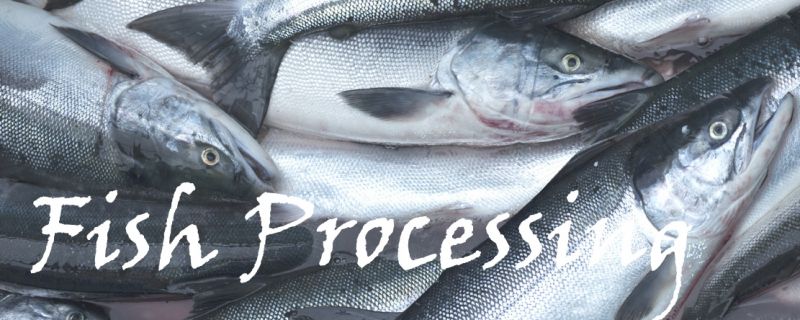Fish Processing Wastewater Treatment
Published on by Anna Morynets in Technology
The food industry, including the fish industry, is a source of organic compounds and water solutions of inorganic salts. These organic substances contain proteins and fats. They are washed by hygienic washing equipment with different types of detergents, resulting in different amounts of pollutants in the wastewater.
 Their daily flow of concentrated wastewater varies between 5-7% of the total amount of wastewater. At the same time, the concentration of impurities in this flow exceeds the maximum permissible value by 10 times or more.
Their daily flow of concentrated wastewater varies between 5-7% of the total amount of wastewater. At the same time, the concentration of impurities in this flow exceeds the maximum permissible value by 10 times or more.
The problem of wastewater treatment with such composition is connected with the origin and composition of wastewater. It requires new design of wastewater treatment equipment.
The solution could be in using baromembrane methods. This membrane technology is easy to use but is limited in certain conditions.
Industrial wastewater from fish processing facilities is generated by:
- defrosting, salting, washing and processing of fish;
- washing of equipment and production facilities.
The problem of discharge of wastewater from fish processing into municipal treatment facilities is the excessive number of pollutants.
Biological treatment used at treatment plants is not enough to remove fat. Therefore, the solution lies in combining classical physicochemical and biological treatments, and also in reducing the amount of detergents that pollute wastewater with chlorides.
Ms. Anna Morynets
GlobeCore GmbH
Edewechter Landstraße 173,
Oldenburg-Eversten,
Germany,
26131
e-mail: energie@globecore.de
phone: +17134893755
Media
Taxonomy
- Wastewater Disposal
- Wastewater Use
- Reclaimed Wastewater
- Industrial Wastewater Treatment
- Wastewater Treatment
- Wastewater Collection
- Fish Farming
- Fisheries governance
- Fish Processing